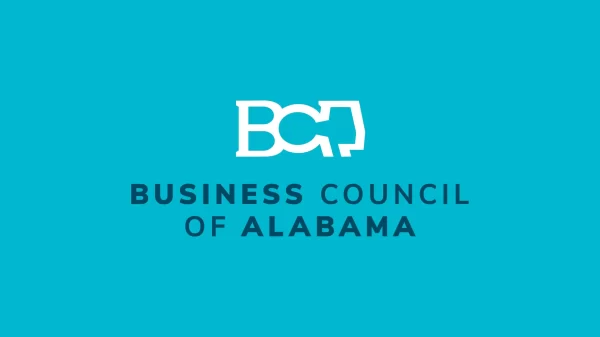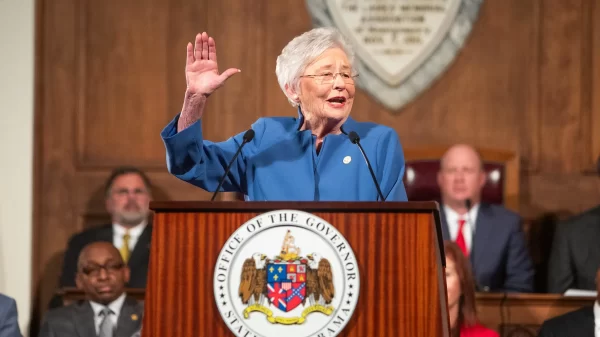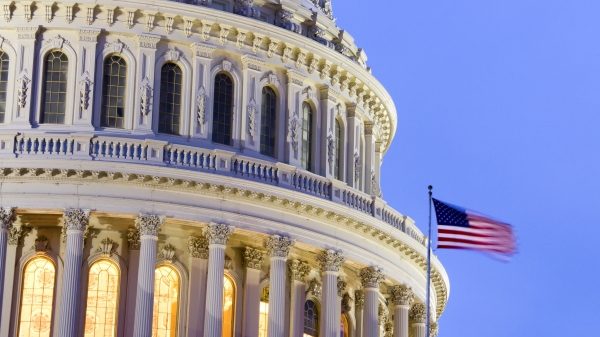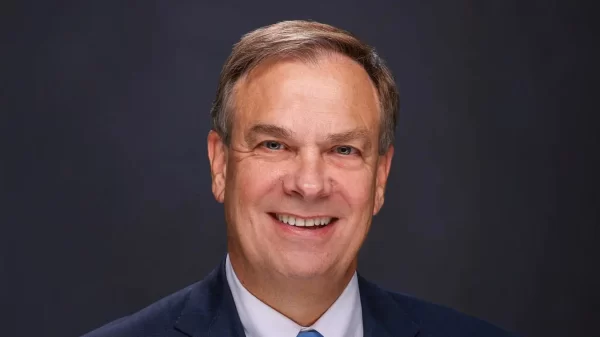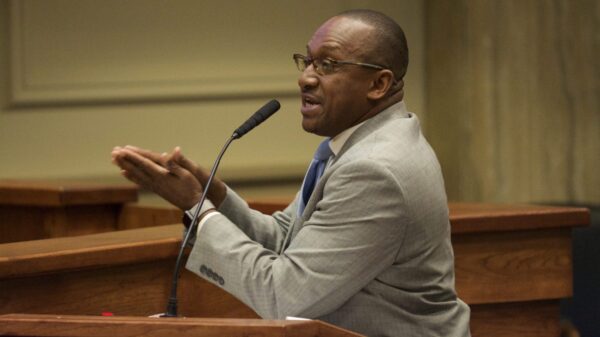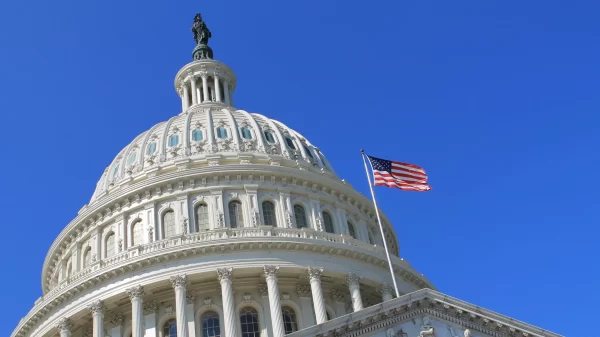|
Getting your Trinity Audio player ready...
|
Inflation remains the top business problem for small business owners, with 32 percent of owners reporting it as their single most important problem in operating their business, five points lower than July’s highest reading since the fourth quarter of 1979. The Small Business Optimism Index rose 0.6 points in November to 91.9. November’s reading is the 11th consecutive month below the 49-year average of 98. Click here to read the full report.
“Going into the holiday season, small business owners are seeing a slight ease in inflation pressures, but prices remain high,” said NFIB Chief Economist Bill Dunkelberg. “The small business economy is recovering as owners manage an ongoing labor shortage, supply chain disruptions, and historic inflation.”
State-specific data isn’t available, but NFIB State Director Rosemary Elebash said, “Our small business members are still having trouble finding enough people to work, and uncertainty over the supply chain on top of global inflation continues to drive up prices on everything from shipping pallets to sales receipts. On the plus side, average gas prices across the state are down considerably from the record-high prices were paying this summer, so, hopefully, that’s a sign things will continue to improve in 2023.”
Key findings of the nationwide survey include:
- Owners expecting better business conditions over the next six months improved three points from October to a net negative 43 percent, a recession reading.
- Forty-four percent of owners reported job openings that were hard to fill, down two points from October, but historically high and not typical of a recession period.
- The net percent of owners raising average selling prices increased one point to a net 51 percent seasonally adjusted, a high reading but lower than earlier this year.
- The net percent of owners who expect real sales to be higher improved five points from October to a net negative 8 percent, a weak economic reading.
As reported in NFIB’s monthly jobs report, 44 percent of all owners reported job openings they could not fill in the current period. The difficulty in filling open positions is particularly acute in the transportation, wholesale, and construction sectors. Owners’ plans to fill open positions remain elevated, with a net 18 percent (seasonally adjusted) planning to create new jobs in the next three months.
Fifty-five percent of owners reported capital outlays in the last six months, up one point from October. Of those making expenditures, 39 percent of owners reported spending on new equipment, 19 percent acquired vehicles, and 12 percent improved or expanded facilities. Eleven percent spent money for new fixtures and furniture and 5 percent acquired new buildings or land for expansion. Up one point from October, 24 percent plan capital outlays in the next few months. Overall, capital spending remains too weak to improve productivity.
A net negative 7 percent of all owners (seasonally adjusted) reported higher nominal sales in the past three months. The net percent of owners expecting higher real sales volumes improved five points to a net negative 8 percent, a weak reading.
The net percent of owners reporting inventory increases rose six points to a net 5 percent. Nineteen percent reported increases in stocks and 14 percent reported reductions.
Twenty-nine percent of owners recently reported that supply chain disruptions have had a significant impact on their business. Another 34 percent report a moderate impact and 26 percent report a mild impact. Only 11 percent report no impact from recent supply chain disruptions.
A net negative 2 percent of owners viewed current inventory stocks as “too low” in November, down two points. By industry, shortages were the most frequent in wholesale (18 percent), manufacturing (14 percent), transportation (12 percent), and retail (11 percent). Shortages in construction (9 percent) have been reduced because of home sales and new construction have slowed. Down six points from October, a net negative 4 percent of owners plan inventory investment in the coming months. Overall. Inventories are starting to build, but only modestly to date.
The net percent of owners raising average selling prices increased one point from October to a net 51 percent seasonally adjusted. Unadjusted, 8 percent of owners reported lower average selling prices and 56 percent reported higher average prices. Price hikes were the most frequent in wholesale (73 percent higher, 0 percent lower), retail (69 percent higher, 7 percent lower), construction (66 percent higher, 5 percent lower), and manufacturing (63 percent higher, 5 percent lower). Seasonally adjusted, a net 34 percent plan price hikes.
Seasonally adjusted, a net 40 percent reported raising compensation, down four points from October. A net 28 percent of owners plan to raise compensation in the next three months, down four points from October’s reading. Nine percent of owners cited labor costs at their top business problem and 21 percent said that labor quality was their top business problem.
The frequency of reports of positive profit trends was a net negative 22 percent. Among owners reporting lower profits, 29 percent blamed the rise in the cost of materials, 25 percent blamed weaker sales, 10 percent cited labor costs, 9 percent cited lower prices, 6 percent cited the usual seasonal change, and 3 percent cited higher taxes or regulatory costs. For owners reporting higher profits, 57 percent credited sales volumes, 15 percent cited usual seasonal change, and 12 percent cited higher prices.
Two percent of owners reported that all their borrowing needs were not satisfied. Twenty-two percent reported all credit needs were met and 62 percent said they were not interested in a loan. Three percent reported that financing was their top business problem, up two points and the highest since December 2018.
The NFIB Research Center has collected Small Business Economic Trends data with quarterly surveys since the 4th quarter of 1973 and monthly surveys since 1986. Survey respondents are randomly drawn from NFIB’s membership. The report is released on the second Tuesday of each month. This survey was conducted in November 2022.


